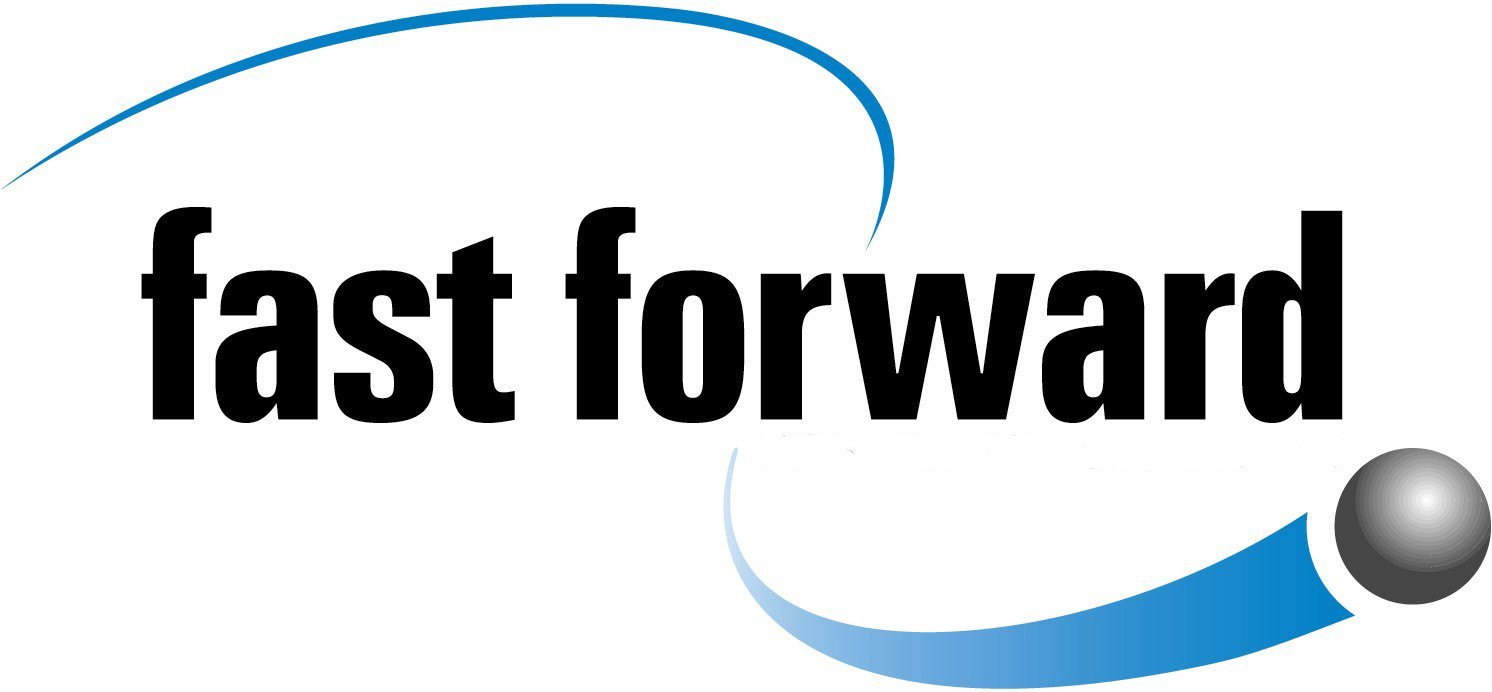3.2 Best practice in gambling education
There is a growing body of evidence on how to deliver effective educational inputs to prevent gambling harm in young people.
For example, educating young people about common fallacies and misconceptions around gambling may be a good way to engage them on the topic of gambling.1 Young people who believe in fallacies such as ‘The Gambler’s Fallacy’ (see Chapter 2) are more likely to experience gambling harm, and correcting these misconceptions is an important strategy for preventing harm. Educating young people about gambling fallacies is particularly effective when it is part of a wider programme of learning on risk and probability.
Family-based education and awareness programmes are another particularly effective way to improve outcomes for children and young people.2 For example, programmes that build parental skills around communication and problem solving, in addition to gambling-specific knowledge and risks, help to build family resilience while reducing risks of gambling harm.
In the following section, we share best practice tips for anyone educating young people and families about gambling.
Tips for educating young people and families about gambling
The advice provided here is adapted from the evidence-based principles developed by the PSHE Association and GambleAware,3 and research on the prevention of gambling harm through education.
When developing education and prevention programmes for young people, aim to:
1
Be needs led
Meet participants where they are at, ideally defining objectives with a needs assessment.2
Be adapted to the life-course of your participants
Adapt your approach to the different developmental stages and learning styles of your children, young people, or families.3
Be evidence-based
Plan your programme using theories of behaviour change with good evidence behind them.4
Be embedded within wider contexts, and work holistically
Link gambling into overlapping topics in the curriculum to build on learning and maximise impact.5
Assess and evaluate the programme’s impact
Set outcomes so that you can tell what works and what doesn’t, and use that to inform future planning6
Build on learning with continuous engagement
Avoid one-off sessions if possible, and ensure that each session builds on, and reinforces, the previous ones.7
Be delivered by trained and skilled educators
Non-specialist educators may benefit from the support of specialists and using high-quality materials to ensure content is as up-to-date and relevant as possible.8
Use interactive and participatory techniques
Consider incorporating role play, peer-to-peer interactions, interactive resources, visualisations, participatory videos, and other engaging teaching techniques.9
Build protective factors and reduce risk factors
Use a life-skills approach focused on building resilience and coping mechanisms. This may help participants to apply learning in real-life situations.10
Address attitudes and motivations to change behaviours
Focus on decreasing positive attitudes to gambling rather than increasing negative ones. Challenge subjective and societal norms around gambling.
